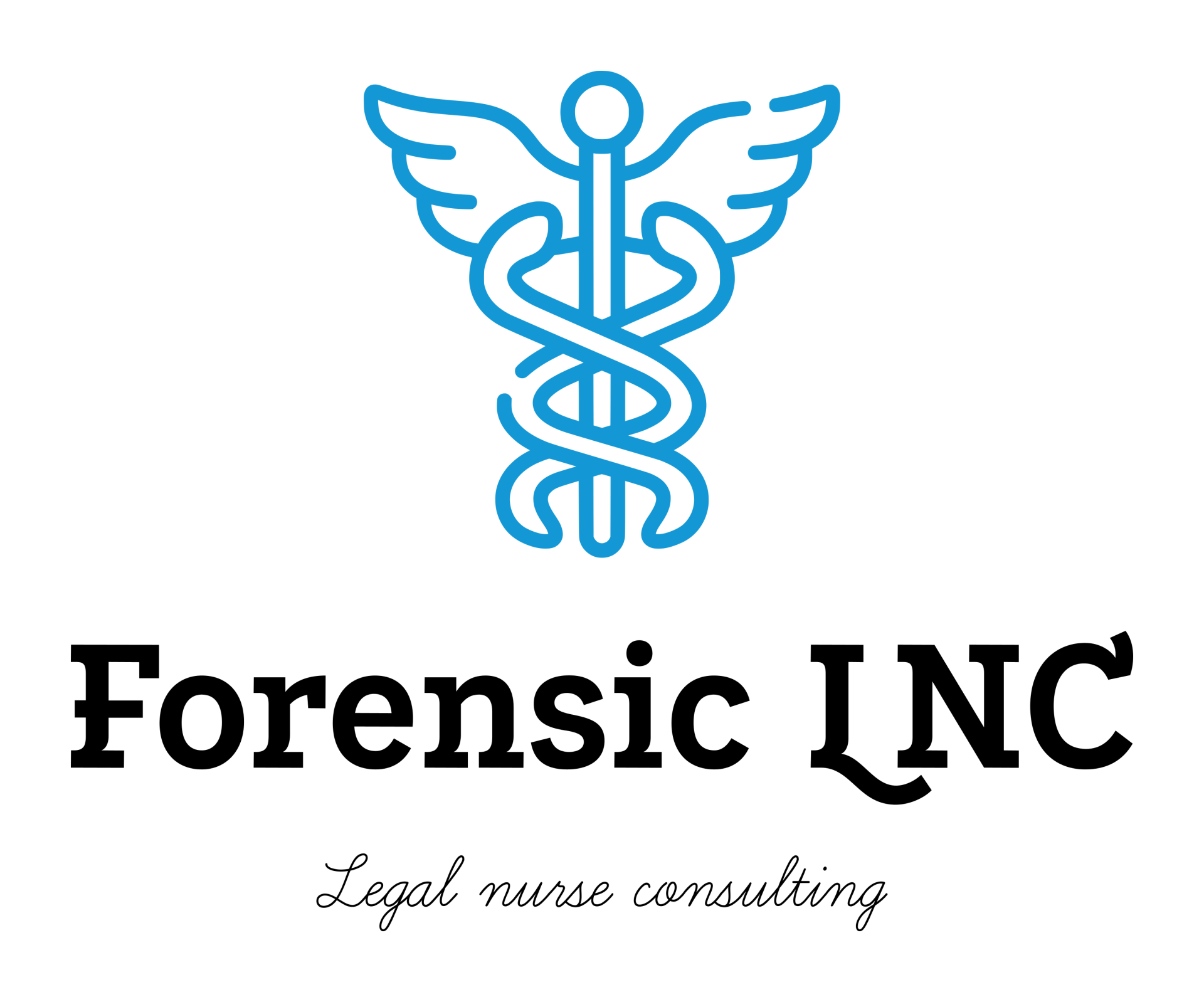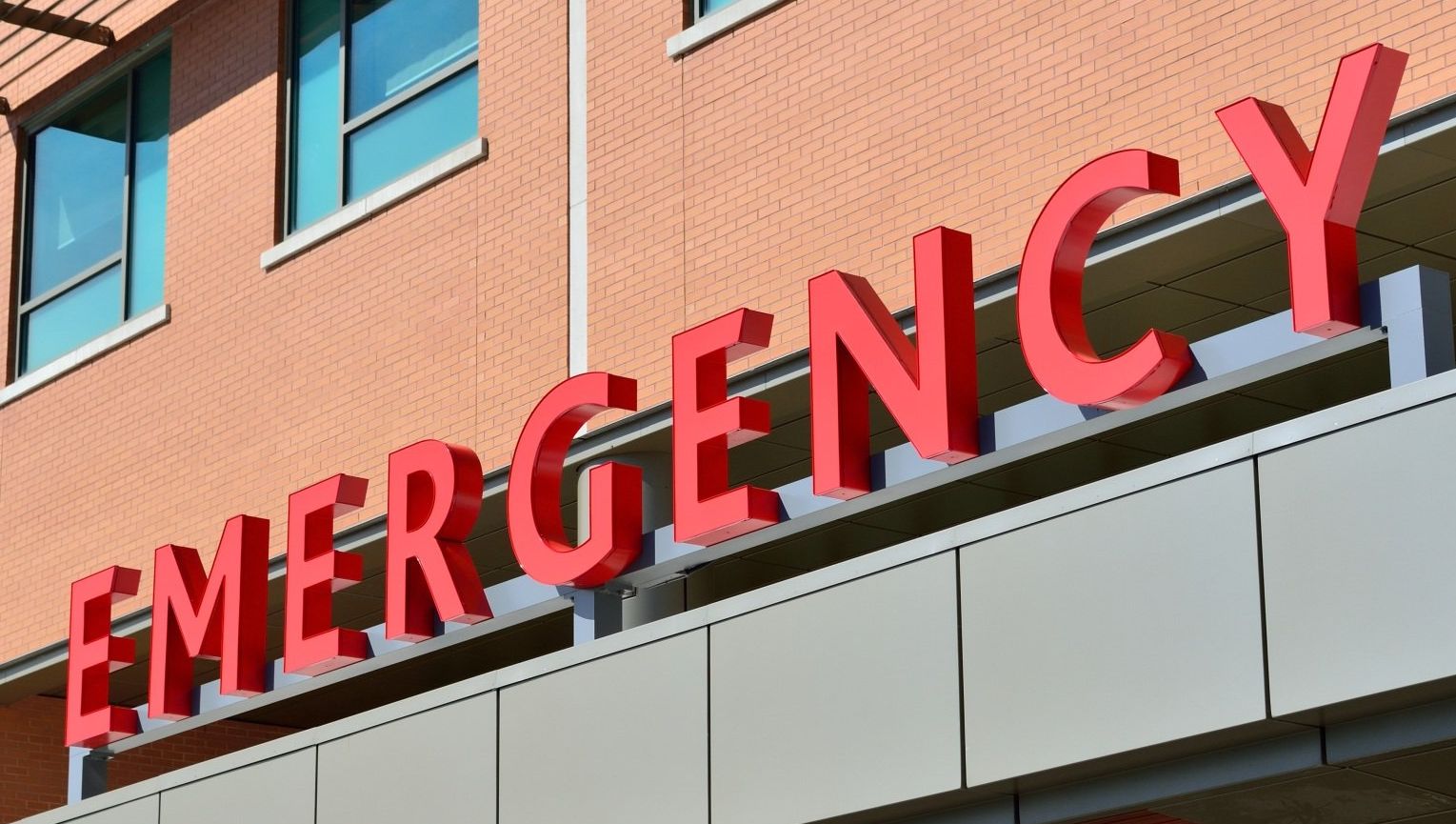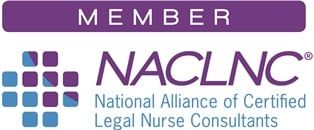
Pulmonary Embolism
Help, I Can't Breath!

Introduction
Pulmonary embolism (PE) is a medical condition in which one or more blood clots lodge in the deep arteries of the lungs. A pulmonary embolism can block blood flow and cause serious health problems, including death. If you have symptoms of PE, seek immediate medical attention.
What is Pulmonary Embolism?
A pulmonary embolism is a blockage of the lung artery by a clot. The clot can be caused by a blood clot that moves from another part of the body to the lung artery, or it can be caused by fat or air that moves from one part of the body to another.
Pulmonary emboli are most common in people with recent surgery or trauma to their legs, hips, and pelvis and those hospitalized for other reasons such as heart attacks or pneumonia.
How does PE affect the body?
Pulmonary Embolism is a serious medical condition that affects the lungs. It can cause death if not treated quickly and properly.
Pulmonary embolism occurs when blood clots form in the legs or pelvis, then travel through the bloodstream and lodge in the arteries of your lungs. This blockage prevents oxygen from reaching your tissues, resulting in pain, swelling, difficulty breathing, and other symptoms depending on where these clots occur.
Treatment for PE.
If you're diagnosed with a pulmonary embolism, your doctor will likely recommend treatment options.
- Blood thinning medication: The most common type of blood thinner used for treating PE is called low-molecular-weight heparin (LMWH). It's injected into your body through an IV once or twice a day for several days. LMWH can be used alone or combined with other medicines to prevent another clot from forming in your lungs or elsewhere in the body.
- Surgery: If you have severe symptoms that don't respond well to medical treatment, surgery may be necessary to remove clots that have formed in either one lung or both lungs. This procedure is called embolectomy and can be done in an operating room under general anesthesia (sleep) or local anesthesia combined with sedation if you're awake during the procedure; it lasts about two hours on average but could take longer depending on how many clots are found during surgery and their locations within each lung lobe.
- Thrombolysis: This treatment involves breaking up large clots using special medications that dissolve them away before they get stuck inside arteries.
- Embolization: Another option involves injecting tiny particles into blood vessels near where clots are lodged so they'll break apart when they travel farther downstream (away from where doctors want them).
Prevention for PE.
- Avoid prolonged sitting or standing. These actions allow the blood to pool in your legs, contributing to clot formation.
- Avoid smoking. With every inhale, the blood vessels constrict, which can cause clots to travel to the lungs from the legs.
- Do not drink alcohol. Alcohol can cause the reduction of platelets which can trigger the body to increase the body's production of platelets. This can increase clotting.
- Avoid traveling, especially long flights (more than 4 hours). See, avoid prolonged sitting or standing.
- Air travel can be a high-risk activity for pulmonary embolism (PE), so avoid it if possible, especially if you have other medical problems that put you at risk for PEs (such as cancer or heart disease). If air travel is unavoidable, consider taking an aspirin before departure and during your flight; keep warm; walk around the cabin every hour or so; drink plenty of water to prevent dehydration from being stuck inside an aluminum tube at 30,000 feet for several hours with nothing else to do but stare out into space!
Pulmonary embolism can be life-threatening if left untreated
Pulmonary embolism (PE) is a life-threatening condition that can cause severe symptoms like other medical conditions. If left untreated, PE can be fatal.
The symptoms of pulmonary embolism include:
- Shortness of breath and difficulty breathing.
- Chest pain that doesn't go away when resting or taking deep breaths.
- Coughing up blood.
- Fainting or passing out. This is due to a rapid drop in blood pressure.
- Excessive sweating not due to exercise or a hot environment.
Conclusion
In conclusion, pulmonary embolism is a serious condition that requires immediate treatment. It can be life-threatening if left untreated and may cause long-term complications such as heart failure or stroke. There are several ways to prevent PE from happening in the first place, such as staying active and eating healthy foods like fruits and vegetables, which contain antioxidants that help fight off harmful chemicals in our bodies called free radicals. If you are experiencing any type of chest pain, see emergency care immediately.
Share
a b c d e f g h i j k l m n o - Do not remove from template!!! it is important to support different fonts

